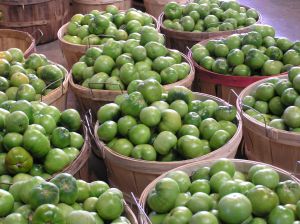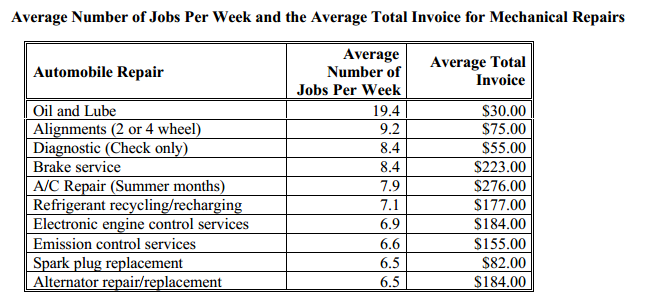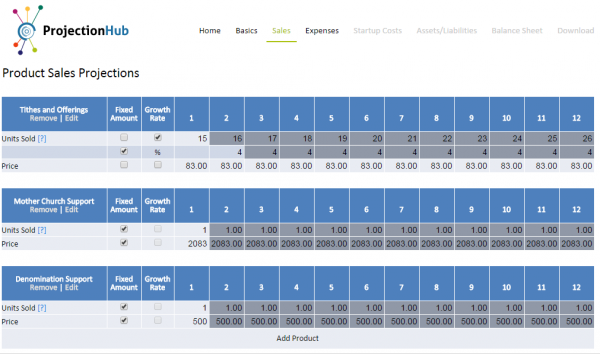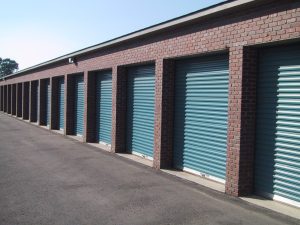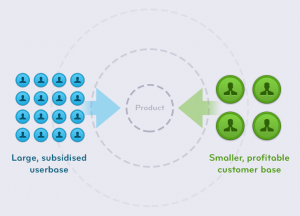According to a TechCrunch article from mid 2014, VC’s were investing in food related startups at a record pace in the last 12 months. Food is an interesting market simply by its massive size. Food is one of the 3 basic needs (food, shelter, clothing) so it is no surprise that entrepreneurs are jumping into the food industry to revolutionize and improve our current food system.
There are many food related businesses that are really software companies, or distribution companies, or some other variation of a startup. For those companies I would suggest the “How to Start a Startup” Lecture Series at Stanford which is available for free online.
In this blog post I want to help the entrepreneur who is selling a food product at a Farmer’s Market learn how to grow from a Farmer’s Market to a Food Empire.
A Farmer’s Market Food Startup
If you are currently selling a food product at farmer’s markets but you want to grow, I think you should be focused on 3 things while selling at the farmer’s market:
- Perfecting your product – when you are selling at the farmer’s market you want to perfect the recipe of the product. Before you spend significant dollars to try to mass produce the product, you want to make sure that you have the product perfected.
- Building a following – You should start right away to build a following of social media fans and brand advocates. The best way to grow is to have your current customers share how much they love your product with their network. Focus on delighting your customers and then giving them easy ways to share your product.
- Securing repeat customers – Finally, you should be keeping track of your repeat customers. That is what makes food an appealing market for entrepreneurs. Humans eat 3 times a day or more so there is a lot of opportunity for repeat buyers. The lifetime value of one loyal customer can be thousands upon thousands of dollars. So focus on getting customers to come back and increase the number of times per week/month that they consume your product. This customer data will be helpful when you are trying to get your product into retail stores.
Selling Food Products Online
Once you perfect your product, build a following, and have some repeat customers, you should start to offer the ability to order online. This greatly expands your market potential. Now those loyal customers don’t have to come to the farmer’s market every week to be able to enjoy your product. This also allows you to start selling in a larger geographic region. Now you will have some potential challenges to face with selling food online.
- How will you package the food?
- How long will the food last?
- How much will shipping cost? You can get an estimate on shipping costs using this tool from UPS.
It may not always be feasible to sell your food product online depending on the answers to these 3 questions. But if at all possible, even if it is more expensive for the customer I would encourage you to sell online.
Getting into Retail
- Customer Demand – One of the primary reasons that you should attempt to sell both online and in farmer’s markets is because it allows you to build up a customer base that will prove to retailers that they should take a risk and carry your product. If no one is already a customer or fan of your product in the retailer’s location, then it is going to be a hard sell to get your product in the door. Another reason it is important to build a following for your product early on is because having customers ask their retailers to carry your product is a great way to help your cause when you are trying to secure shelf space. You may be surprised, but this actually works. When customers or fans call, email, and ask store employees if they carry your product, retailers will start to take notice.
- Packaging – In order to get into retail stores and succeed in retail stores you must have good packaging. The big food companies don’t have to worry quite as much about packaging because they have already built the retail relationships and have brand recognition, but when you are introducing a new product into a competitive market like food, you must have great packaging. Miller Branding Agency is an expert in food packaging design. Of course there are 100’s of designers with expertise in food packaging, but if you are serious about building a food empire, you will need to be serious about your brand/design/packaging.
- Pricing – You need to understand the economics of selling through retail stores. If you were selling your product for $2 per unit at the farmer’s market, and it cost you $1 to make it, you might be thinking that you are doing great because your margins are 100%. Here is the problem though, you are selling direct to consumer. When you introduce more middle men into the sales process something will have to change. You should expect to sell your product for no more than half the retail price to the retailer. Retailers are going to want to charge 100% more than what they are paying for the product. So if the retailer wants to keep the price at $2 per unit like you were selling at the farmer’s market, then you should expect to sell to the retailer for $1. That is a problem though right? It costs you $1 to make. So you will either have to drive down costs to produce, or increase your retail price which may not be possible.
So the hint for those of you selling at farmer’s markets – don’t settle for 100% margins, when you are selling direct to consumer you should probably have 300% margins or more so that you set your pricing right for adding new middlemen to the process and still be able to retain margin for yourself.
Of course this is not the only path to building a food empire, but the hope is that this is a good outline to help food entrepreneurs understand the realities, pitfalls, and strategy for building their food startup into a large, profitable business. Interested in other food startup templates? View our food truck template, brewery sales forecast template and other restaurant templates with ProjectionHub.
